Slow Steady Club - Samcheong Branch [Tax Refund Shop] (슬로우스테디클럽 삼청)
6.5Km 2024-06-27
2F, 84, Yulgok-ro, Jongno-gu, Seoul
-
Gallery Park Young Sook - Atelier Seoul (박영숙요 (아틀리에서울))
6.5Km 2020-04-23
30, Insadong-gil, Jongno-gu, Seoul
+82-2-730-7837
Gallery Park Young Sook (Atelier Seoul) is the gallery of the modern potter, Park Young Sook. The gallery displays and sells white porcelain representing the Joseon dynasty, Buncheong ware, and ceramics with modern flavors. As the name implies, the gallery feels more like a showroom than a shop, even though the various items, including flower vases, decorative ceramics, and daily use earthenware are for sale. Queen Elizabeth II of England visited Gallery Park Young Sook during her second visit. The gallery has even expanded, with another branch opening in New Jersey.
Ipamnamu - Insa Branch [Tax Refund Shop] (이팝나무 인사)
6.5Km 2024-04-18
4, Insadong 5-gil, Jongno-gu, Seoul
-
Seoul Gongyesa [Tax Refund Shop] (서울공예사)
6.5Km 2024-04-16
1F, 27-1, Insadong-gil, Jongno-gu, Seoul
-
Donjon Chamnamu Jangjakgui (돈존참나무장작구이)
6.5Km 2021-03-19
8, Jong-ro9-gil, Jongno-gu, Seoul
+82-2-730-2700
A smoked BBQ restaurant. The representative menu is grilled duck. This Korean cuisine is located near Jonggak Station, Seoul.
Jonggak Hanu (종각한우)
6.5Km 2021-03-19
8, Jong-ro 9-gil, Jongno-gu, Seoul
+82-2-733-5613
A barbecue specialty restaurant located in Jongno, Seoul. The most famous menu is assorted grilled Korean beef cuts. A restaurant that's open for group dinners.
Banjjak Banjjak Binnaneun (반짝반짝빛나는)
6.5Km 2021-03-19
28-1, Insadong-gil, Jongno-gu, Seoul
+82-2-738-4525
A Traditional Beverages specialty restaurant located in Insa-dong, Seoul. A store selling hand-crafted Korean traditional tea. The most famous menu is green plum tea.
Sooyeon Sanbang (수연산방)
6.5Km 2024-10-14
8 Seongbuk-ro 26-gil, Seongbuk-gu, Seoul
Sooyeon Sanbang is a traditional tea house located in Seongbuk-dong. It was originally built during the Japanese colonial period and was the hanok of the literary figure Lee Taejun. Today, it is operated as a tea house by the writer's granddaughter. The name Sooyeon Sanbang means "a house where literati gather in the mountains." Visitors can enjoy traditional teas such as daechucha (jujube tea) and ssanghwacha (medicinal herb tea), along with snacks like injeolmi (bean-powder-coated rice cake).
Bosingak Belfry (보신각 터)
6.5Km 2024-03-04
54, Jong-ro, Jongno-gu, Seoul
+82-2-2133-2641
Bosingak Belfry is also known as Jonggak. It was the site in which a large bell, used to keep the time in Seoul, was found during the Joseon period (1392-1897). Bosingak Belfry was burned down during the Korean War (1950-1953) and was reconstructed in 1979. The original bell was moved to the Gyeongbokgung Palace, and a new bell was forged in 1985. At midnight, January 1, the bell at the Bosingak Belfry is rung to welcome the new year. Many people gather around the belfry to make a wish for their new year.
Hwangudan Altar (환구단)
6.5Km 2020-05-07
112, Sogong-ro, Jung-gu, Seoul
+82-2-3396-5842
Hwangudan Altar, also called Hwandan Altar, refers to an altar complex for the rite of heaven. The rites were first performed in the Goryeo dynasty by King Seongjong in the first month of 983 (2nd year of his reign), but was repeatedly adopted and abolished, and eventually stopped at the start of the Joseon dynasty.
Then in 1456 (2nd year of King Sejo), the practice was temporarily standardized and the rites were performed at Hwangudan Altar again in 1457. However, rites were again abolished in 1464 (10th year of King Sejo). It wasn’t until 1897 (34th year of King Gojong) when the Joseon dynasty was renamed as the Korean Empire and King Gojong ascended to emperor, that the rite was revived.
Now, Hwangungu Shrine and three stone drums stand at the location of the former altar complex. The three stone drums symbolize the instruments used for the rites. The shrine was completed in 1899, two years after the altar was started in 1897. Today, the Hwangungu Shrine still stands within the hotel grounds of the Westin Chosun Hotel.
![Slow Steady Club - Samcheong Branch [Tax Refund Shop] (슬로우스테디클럽 삼청)](http://tong.visitkorea.or.kr/cms/resource/13/3314413_image2_1.jpg)

![Ipamnamu - Insa Branch [Tax Refund Shop] (이팝나무 인사)](http://tong.visitkorea.or.kr/cms/resource/08/2878208_image2_1.jpg)
![Seoul Gongyesa [Tax Refund Shop] (서울공예사)](http://tong.visitkorea.or.kr/cms/resource/10/2878210_image2_1.jpg)
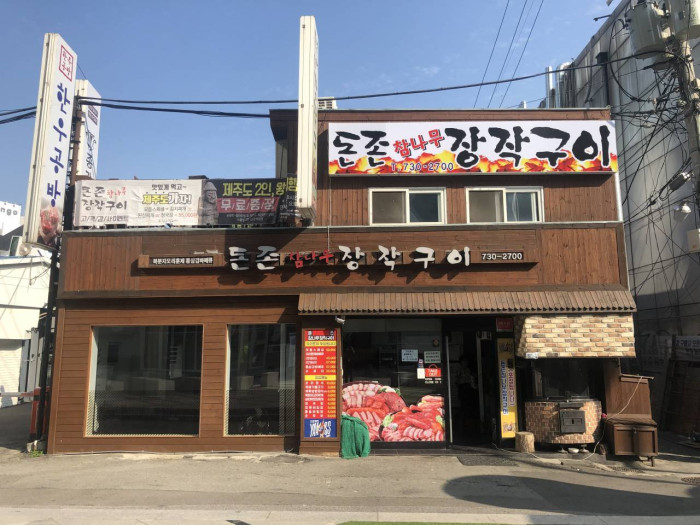

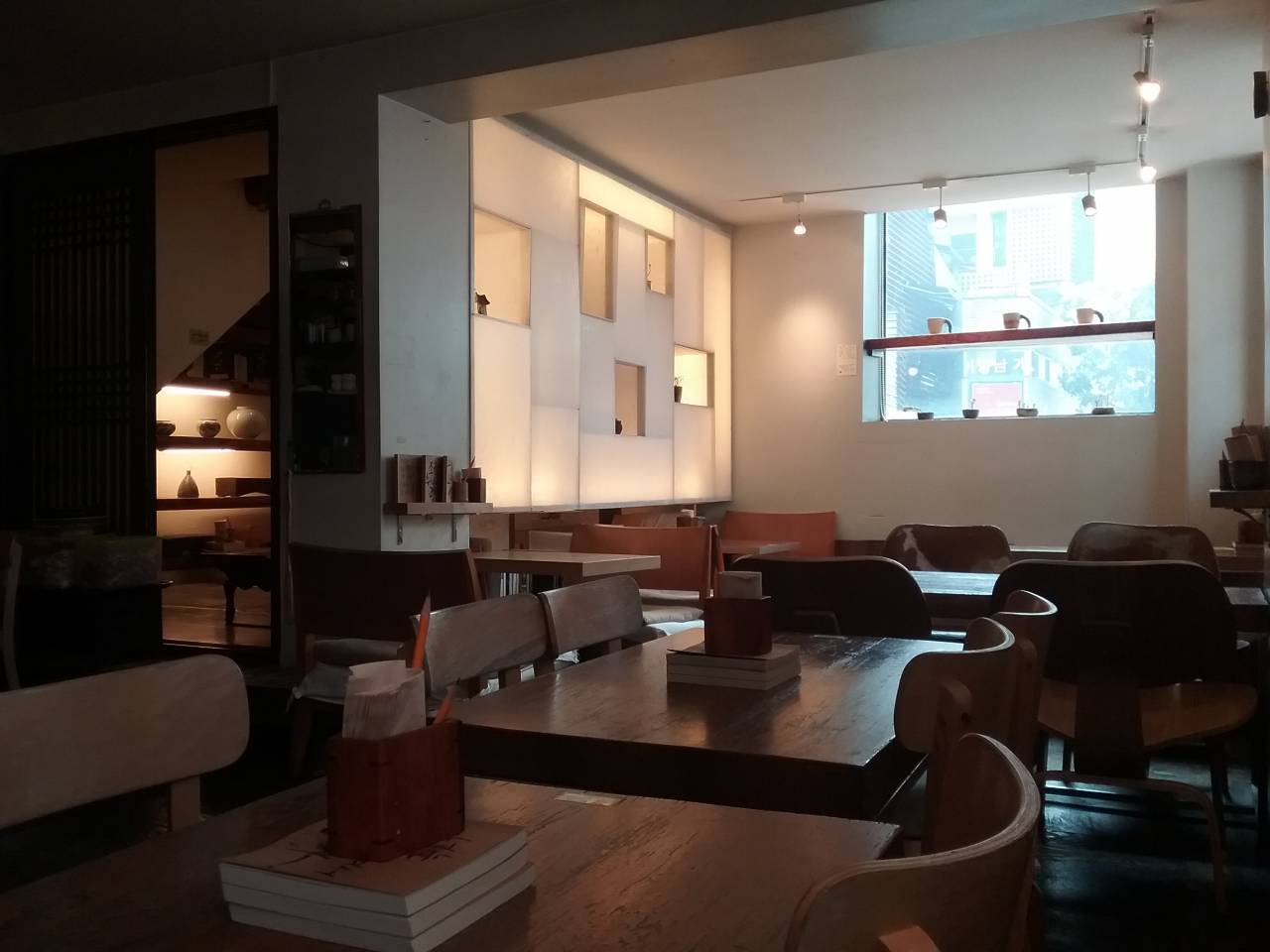
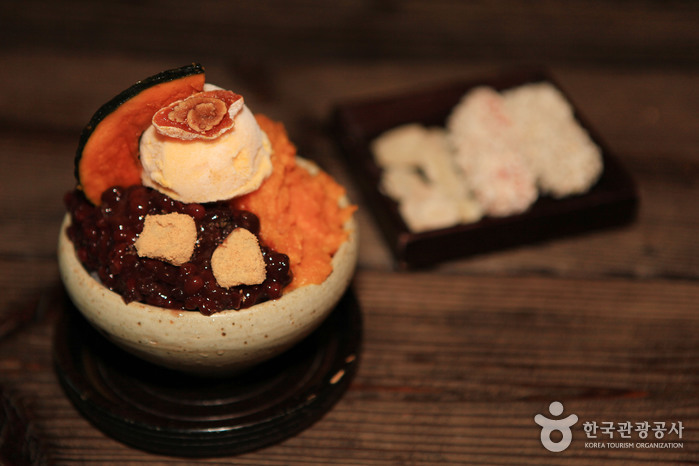
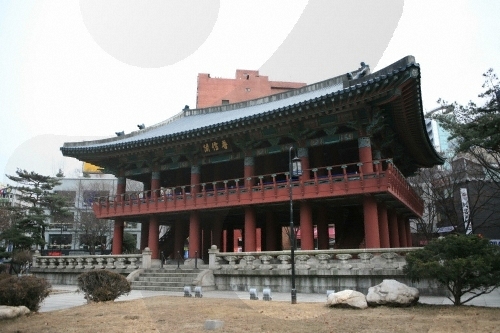
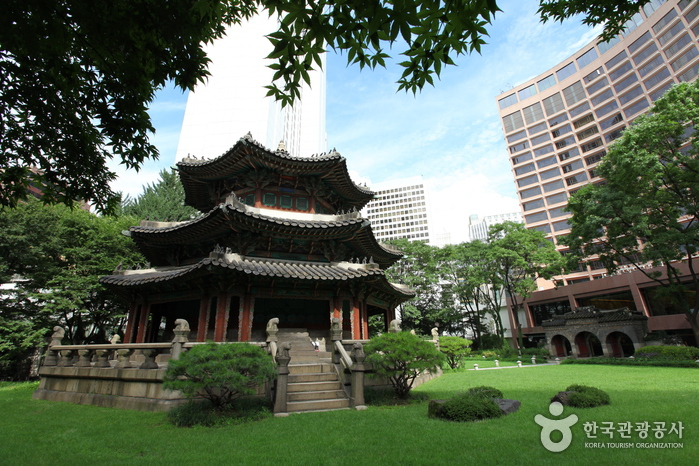
 English
English
 한국어
한국어 日本語
日本語 中文(简体)
中文(简体) Deutsch
Deutsch Français
Français Español
Español Русский
Русский